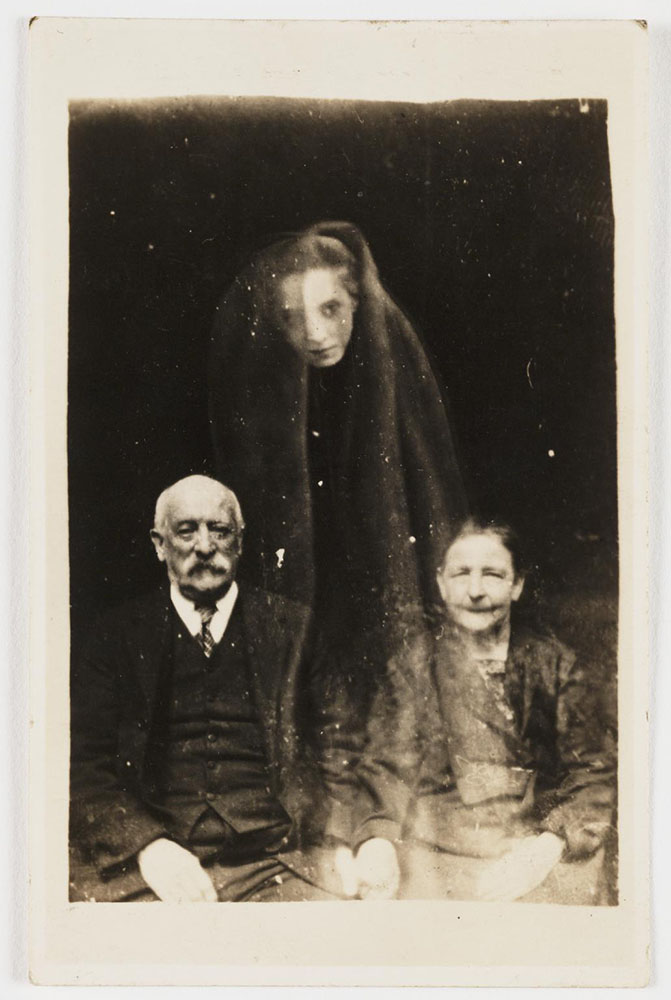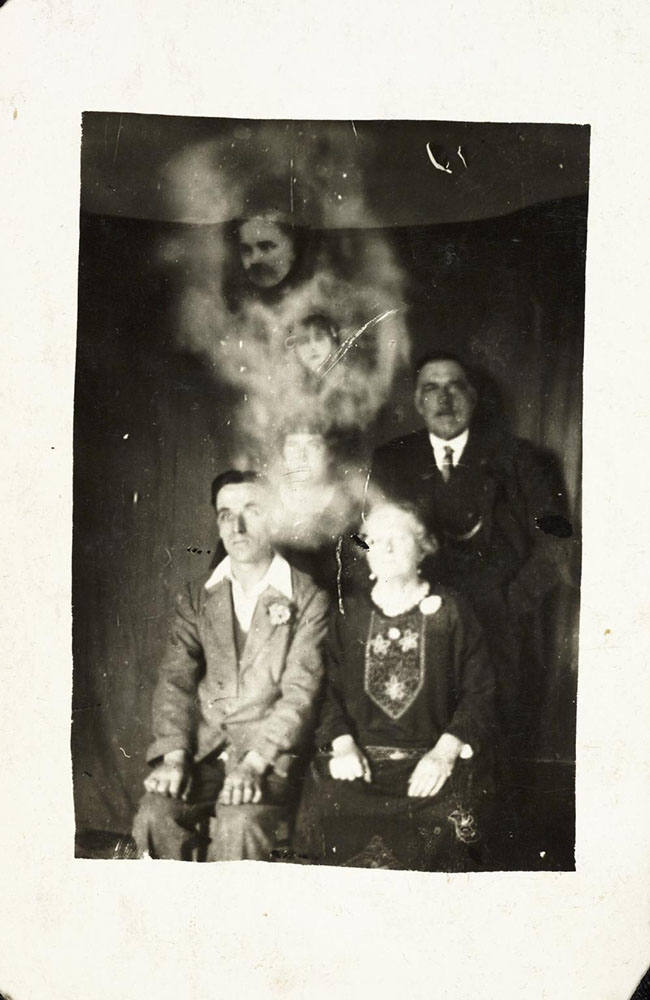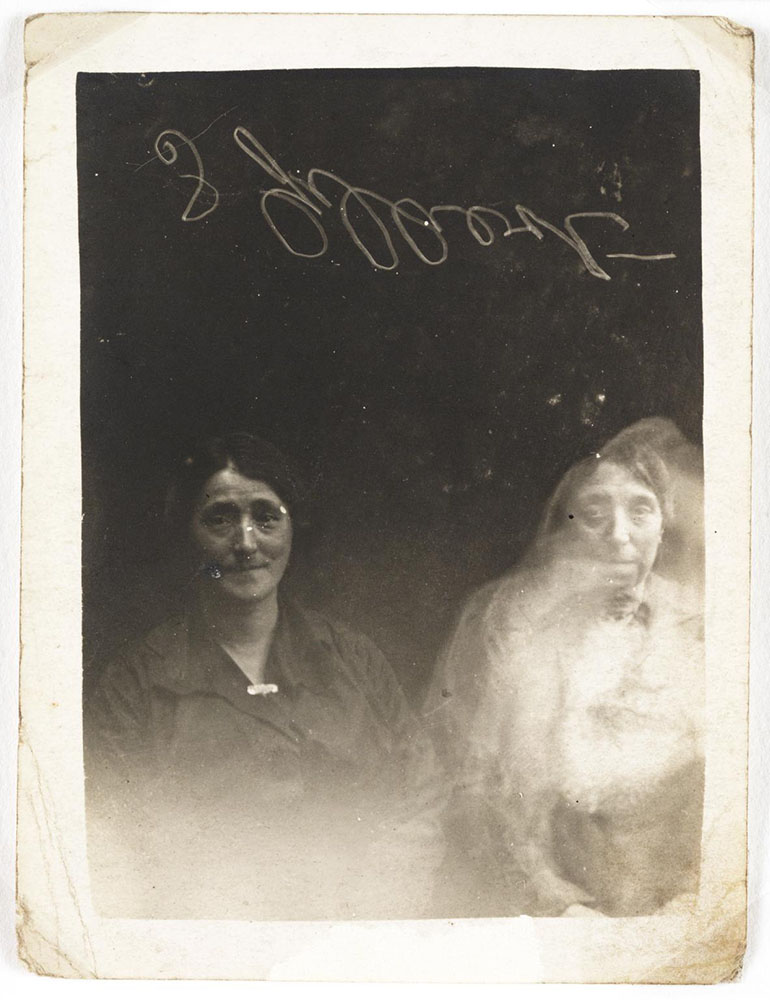Thousands of years ago, the idea of spiritualism was predominantly connected to religious beliefs. Nowadays, however, we’re seeing various new ways for people to get in tune with the spiritual world. As a result, the words ‘spiritual’ and ‘spiritualism’ are now being used widely in non-religious contexts. Examples might include meditating to get rid of stress or anxiety and achieve spiritual alignment; learning about numerology and angel numbers; collecting healing stones and crystals; using tarot and oracle cards for clarity and guidance; or manifesting happiness and abundance into one’s life through daily mantras.
From ancient times up until a few decades ago, spiritualism existed as a religious system that connected the final stages of our lives to the afterlife. It served as a concept that explained the process of a human’s passing, as it was often believed that people could reincarnate. Spiritualism has been a way for us to add meaning to our lives, evaluate our actions, and strengthen our beliefs and morals.
The word spiritualism comes from the single-rooted word spirit which refers to a supernatural being such as a ghost, demon, angel, etc. The idea of the existence of supernatural beings has been of interest to many creatives working in the media sphere producing songs, shows, movies, and capturing photographs of those ‘peculiar beings’.
According to researcher Daniel Wojcik, the first reported examples of spirit photography occurred in the USA in the 1860s; however, it wasn’t until the early 1900s that the British spiritualist William Hope (1863–1933) began his journey with spirit photography. First employed as a carpenter, William Hope’s interest in spirit photography arose after he claimed to have captured a spirit when photographing a friend. Not long after this, he established the Crewe Circle spiritualist group and appointed himself as the leader.
Hope’s controversial photographs of spirits have been investigated and exposed by numerous researchers throughout the years—none of which were able to permanently halt the spiritualist’s projects and seances.

Whether you choose to call it fraud or being inventive, Hope’s work sparked a conspiracy dialogue between researchers and spiritualists. During a time when thousands were grieving the loss of their loved ones as a result of the First World War and many then-incurable diseases, Hope found a way to combine standard portrait photography with photographs of people’s lost relatives.
In a case from the early 1920s in England, a man called Mr J.H.D. Miller visited William Hope’s house hoping that he would be able to contact his son Hardy, who died during the First World War. Mr Miller describes his visit and the ritual that Hope performed. A hymn was sung, and both Hope and Miller were in the darkroom while the photographic plates were being developed. That way Hope ensured that his visitors were certain there was no fraud involved. Miller outlines his experience in detail, explaining that he poured off the liquid and held the dish under a running tab, washing the plates until he saw that there was a head besides his own on one of them. He immediately recognised his son and was left feeling both astonished and gratified by this experience.

Other examples of Hope’s work show that spirit photography was a craft that sparked people’s curiosity, as well as having a soothing and therapeutic effect on those grieving the loss of a loved one. In his book The Case of Spirit Photography, Sir Arthur Conan Doyle recorded the details of a letter written to William Hope by Mrs E. Pickup following a visit to his studio. Mrs Pickup praised Hope, who had managed to recreate—in great detail—her favourite photograph of her husband next to a portrait image of herself. She describes her experience as one of the brightest days of her life: she felt she had received confirmation that her husband was watching over her and stated that she would no longer feel lonely.
Claiming that he was using his psychic abilities to communicate with ghosts, Hope was actually substituting glass plates and using double and triple exposure techniques to render the appearance of ghostly apparitions around the sitter in his spooky portraits. Although his work was questioned by many from as early as 1908, and exposed in 1922, researcher Daniel Wojcik concludes that spirit photographs were a source of genuine consolation to the bereaved and had a therapeutic effect by helping with the healing of grief after the death of a loved one.

While spirit photography has always been regarded as a questionable craft, there is something about supernatural abilities that excites and lures people. Unsurprisingly, nowadays, and a little over a century and a half later, photographers still draw inspiration from Hope’s work as well as images like the famous ‘Chinnery Backseat Driver’ photo. All in all, spirit and phantom photography carry a sense of mystery and seem to bridge the gap between the world of the living and the dead, the familiar and the unknown, the physical and the spiritual. They served as a means to cope with the devastating consequences of the wars, sparked controversial dialogues about the existence of the paranormal, and left a permanent mark on the history of photography.
You can find out more about Hope’s work at Café Scientifique on Thursday 27 January 2022, where Dr Efram Sera-Shriar will be giving his reflections on William Hope and the Crewe Circle spirit photographs. This event forms part of a project titled The Media of Mediumship: Encountering the Material Culture of Modern Occultism in Britain’s Science, Technology, and Magic Collections. The one-year project is a collaboration between the Science Museum Group, Senate House Library and the University of Stirling, with funding from the Arts and Humanities Research Council.
Take a look at the Media of Mediumship events page to find out more about the project and read about upcoming events.
More information on our collection of William Hope’s spirit photographs can be found in the William Hope entry on Collection Online.
I have some amazing photos I’m a novice so for years I have just been taking these photos for myself not even knowing how to share them with the world . If you could take a moment to give me an idea of where I can show someone these photos I take almost daily I would greatly appreciate it .